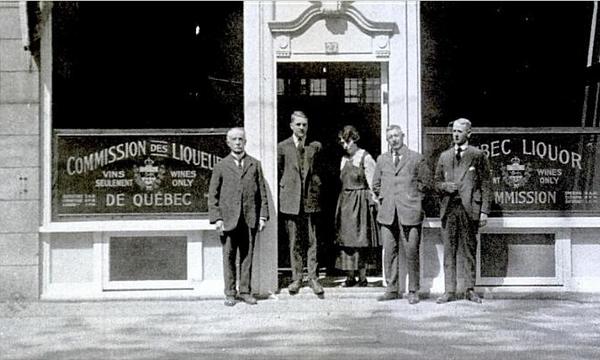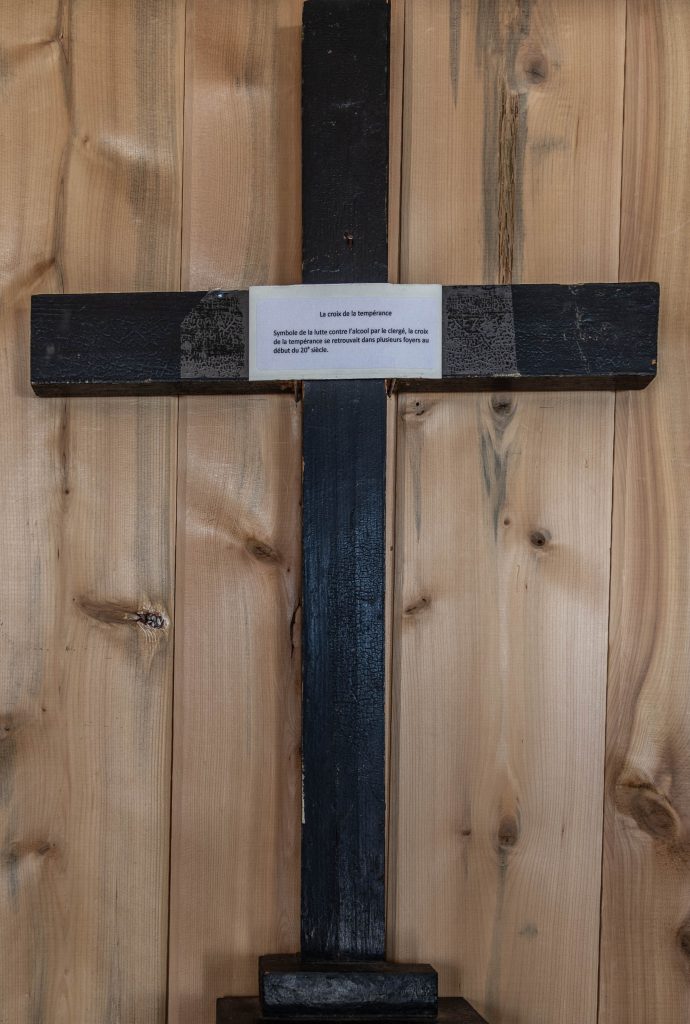Temperance and prohibition
In the first quarter of the 20th century, strong pressure from the temperance movement in the United States and Canada led to the adoption of prohibitive laws forbidding the manufacture, consumption and sale of alcohol. North America became dry with the exception of Quebec, which was then the only territory north of Mexico to be spared from prohibition.
Prohibition was the result of the efforts of several generations of temperance movement supporters who demanded the closure of bars and saloons, which were a great cause of drunkenness and misery at a time when social assistance was non existent. Prohibitionists and their allies also believed that alcohol, especially in the form of spirits, was an obstacle to economic success, social cohesion and religious piety. The church exerted political pressure, making prohibition a national political issue. From as early as 1906, Quebec bishops issued mandates encouraging elected municipal officials to reduce the number of hotels and all other drinking places and immoral establishments. Anti-alcohol leagues were organized in various dioceses of Quebec; many sermons were preached and the black wooden crosses of temperance began to be seen in many homes.
Close to home in the United States, The Volstead Act was passed and applied until 1933. The Canadian federal government held a referendum on the prohibition of alcohol In 1898. All the provinces voted in favour with the exception of Quebec, where 80% of the electorate were opposed.
In 1918 the Quebec parliament passed a law that was to come into force in 1919, prohibiting the sale of alcohol in Quebec. Realizing that total prohibition would never be accepted by the majority of citizens, then premier Lomer Gouin cleverly held a referendum on the legality of selling wine, cider and beer. The people voted 79% in favour. Therefore Quebec prohibited only spirits and became the only place in Canada and the United States where there was not total prohibition.

The Liquor Commission, forerunner of the SAQ, was established in 1921. Source: La Société des Alcools du Québec.
In its first year, the Quebec Liquor Commission set up its control laboratory, opened 64 stores and sold 383 products. It had 45 employees. Sales totalled $15 million and the Commission’s net income reached $ 4 million. In 1930, at the height of American Prohibition, gross sales of the Quebec Liquor Commission reached $ 27,539,966 and then dropped to $ 11,370,603 in 1934 with the abolition of Prohibition.


